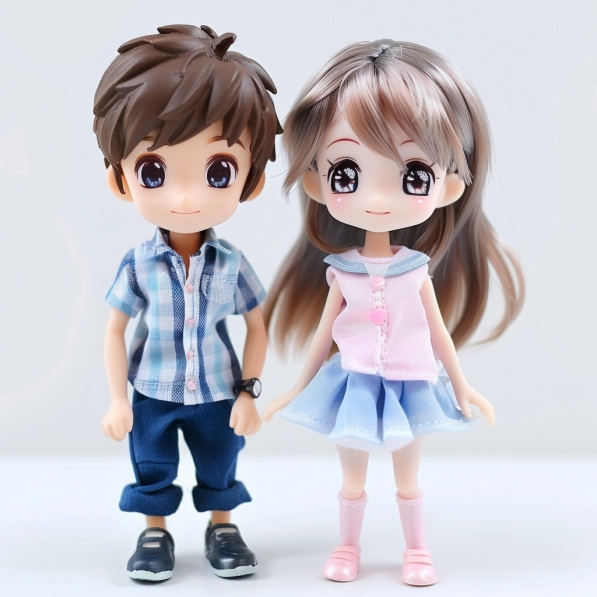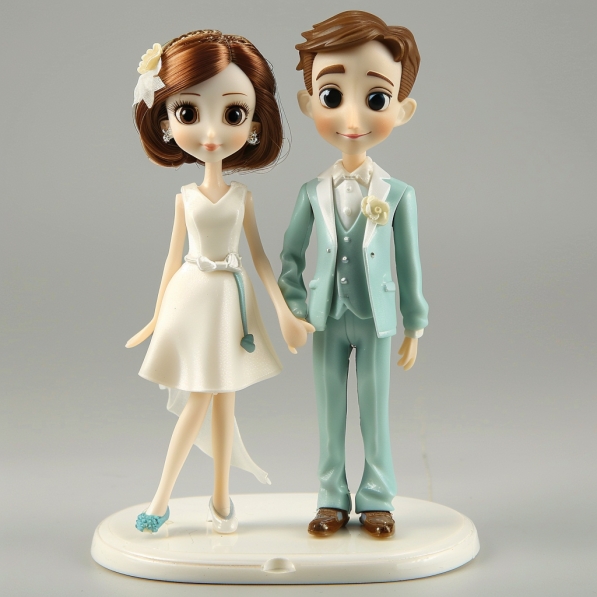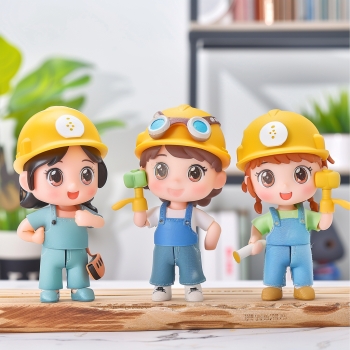Plastic toys do seem to have a bad press at times, but they are probably unfairly criticised. there are still many parents all over the world who avoid buying plastic toys for their kids. Plastic Toy Company: Why Plastic Toys Good?
Today, according to a report in Plastics Magazine, plastic toys comprise 90% of the market, as the material offers appealing colour, durability, strength, and the intangible element of “playability.” Even toys that promote child development, such as building sets, board games, and more complex interactive items with moving parts and electronics have moved to light, strong, easily-dyeable resin-based material. Some popular toy brands such as LEGO and Playmobil have always been made from this material.
What are the plastic toy materials
High-quality plastic toys are usually made of single materials such as ABS, PVC, etc., which have good gloss and color, high hardness and toughness, and excellent stability of the toys.
It can be resistant to high temperatures, wear-resistant, and non-toxic, environmentally friendly, so many high-end plastic toy brands choose these as raw materials.
Benefits of Plastic Toy
There are a few reasons for the rapid switch from wooden toys to plastic. One reason is that plastic is cheaper to produce than wood. It’s also more durable, so toys made from plastic can last longer. Plastic is also lighter than wood, so plastic toys are easier to carry around. Plastic is made from a type of oil called petroleum, which comes from the ground. So, the switch from wooden to plastic toys was probably due to a combination of factors, including cost, durability, and weight.
Plastic toys are washable toys. If the little darlings come in from the garden covered in mud or other delights, you can simply wipe their toys clean while you dunk them in the bath to clean up. There’s no need, as with fabric toys, to even put them through a wash in the machine, all it takes is a damp cloth and the toys are as good as new.
Plastic toys are made from a variety of different plastics, but the most common is polyethylene. This plastic is soft, lightweight, and very durable. However, it is not safe. Plastic toys can contain harmful chemicals that can leach out into a child’s body. They can also be a choking hazard if they break into small pieces. Second, plastic toys don’t biodegrade. So when they’re thrown away, they’ll sit in a landfill for hundreds of years. This creates pollution and contributes to climate change. Lastly, plastic toys are often made in factories that pollute the environment.
That’s why any plastic toys you give your kids should now be phthalate-free, especially those designed for children under three. Plastic toys have always been a favorite, kids love them because they bounce back and stand up to lots of abuse, and parents love them because they’re safe, they’re washable toys, and they provide hours of fun ……








